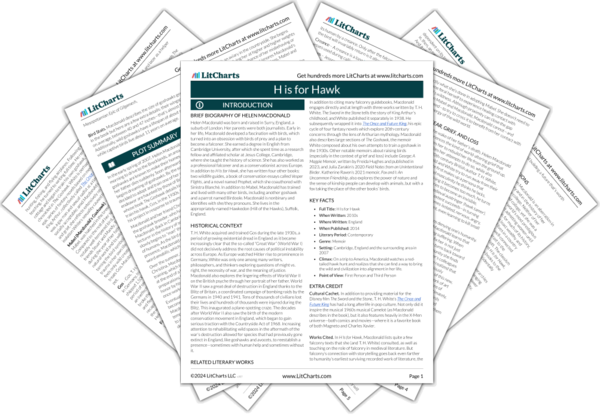For Macdonald invisibility seems linked with wildness; she wants to become a part of the scenery, because doing so means that she will no longer be tied by the kinds of human affections and relationships which—in their eventual loss—cause suffering. And because she links invisibility with Mabel’s success in her mind, she celebrates her success rather than realizing how it’s making it harder for her to face and eventually overcome her grief.
